Cantaloupe: Everything You Need to Know
When summertime rolls around, bins of cantaloupes begin pouring into the grocery stores and farmers’ markets. They are a great snack to cut up and have on hand, especially as the weather gets hotter. Here’s more about cantaloupe: everything that you need to know.
You may already love the taste of cantaloupe, but did you realize all the nutrients and other benefits that they have in store for you? They are extremely good for you. Some people even save the seeds, roasting them and enjoy them as a snack.
Basic Info: Cantaloupe: Everything You Need to Know
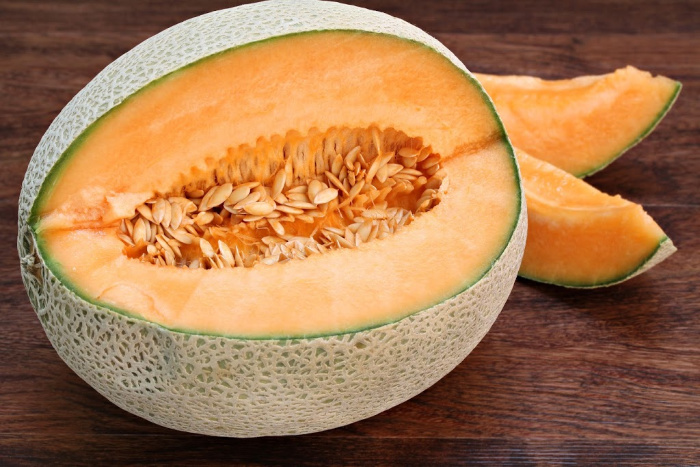
The cantaloupe, or sweet melon, comes from the muskmelon species, and the Cucurbitaceae (gourd) family. They are known for their orangish flesh, and white and green netted skin.
This sweet summertime fruit ranges in all different shapes, sizes, and color, due to the many varieties.
Fun Facts About Cantaloupe
- Cantaloupes are the most popular melons in the United States, even more so than the watermelon. We can thank Christopher Columbus for that.
- The origin of the cantaloupe is not certain, but they are believed by many to have come from Armenia. The earliest accounts of cantaloupes come from Egypt and date back to at least 2400 B.C.
- California is the country’s number one cantaloupe producer, nearly half of all the cantaloupes come from there.
- Did you know that cantaloupes will let you know when they are ripe? While they might not jump up and down yelling “pick me, pick me,” when they’ve fully ripened, they’ll break away from the vine. Their color will also turn a creamy-beige.
Types of Cantaloupe
There are several different types of cantaloupes, and here are some of the most common ones that you will find. This canteloupe: everything you need to know guide can teach you a lot!
Asian Cantaloupe
Not nearly as netted on its exterior, the Asian cantaloupe has a paler orange color to it, along with a crispier texture and softer flavors.
Charentais Cantaloupe
The Charentais cantaloupe is considered one of the best varieties of cantaloupe that is produced. They aren’t much bigger than a grapefruit but are packed with sugar content and fabulous flavor. Their flesh is very bright orange in color.
European Cantaloupe
The European cantaloupe is known as the “true cantaloupe,” ranging from little netting to none at all. They have a musky smell and sweet flavor to them.
Galia Cantaloupe
The Galia cantaloupe originated in Israel, having a sweet flavor and a pale yellow, or green flesh to it.
North American Cantaloupe
You’ll notice that the rind of the North American cantaloupe isn’t as hard as the European, but the taste and smell are quite similar.
Nutrition Facts
Cantaloupes consist of around 90% water, making an excellent thirst-quenching treat. They also contain only a small amount of calories, (55 calories per cup) and are loaded with several vitamins and minerals.
It’s an excellent source of Vitamins A and C, along with fiber and minerals, like potassium. They have high concentrations of beta-carotene, which your body converts into Vitamin A.
With all of these together, cantaloupes give your body and immune system a much-needed boost.
Health Benefits of Cantaloupe
Good for Dieting
While fruits are not good for many diets, cantaloupes are low in calories while relatively low in sugar, allowing you to still get that sweetness you’re looking for, and still, keep you on a path to losing weight. They also help you feel full longer too.
Promote Heart Health
With plenty of Vitamin C, potassium, and fiber, cantaloupes have been found to lower cholesterol, along with blood pressure. This promotes a much stronger and healthier heart.
Asthma
Research has shown that eating foods that contain higher amounts of antioxidant beta carotene, (like cantaloupes) can help prevent asthma from developing when you are older.
Decreases Blood Pressure
Eating foods that are rich in fiber and potassium, like cantaloupes, have been proven to help decrease blood pressure. In order to keep our cardiovascular system healthy, we’re advised to consume 4,700 mg of potassium each day. One cup of cantaloupe contains 473 mg, giving you around 10% of your daily recommended value.
Keep Your Eyes Healthy
Eating healthy amounts of cantaloupe on a more consistent basis can lower the chance of having macular degeneration when you are older. Antioxidants such as zeaxanthin and lutein can prevent damage to the eyes. Eating food with plenty of Vitamin C also protects you against cataracts as well.
Prevents Cell Damage and Cancer
Cantaloupes contain antioxidants including beta carotene and tocopherol, along with others. They’ve been proven to help prevent cell damage, and even lower the risk of certain types of cancer such as lung, prostate, and several others.
There’s also dietary fiber in them that protects against colorectal cancer. It’s not only beneficial to skin cells but also strengthening and making healthier hair cells as well.
Helps with Digestion
Because there’s so much water and also fiber in cantaloupes, they can help with regularity and prevent constipation.
Hydration
As mentioned earlier, cantaloupes contain large amounts of water, making them a perfect food to help rehydrate you. Cantaloupes also contain electrolytes similar to what you find in Gatorade. They are a good food option after a workout or spending time outside on a hot day.
Properly Storing Cantaloupe
Before you go to cut up a cantaloupe, it’s important that you first wash and scrub it. This is to wash away any bacteria or salmonella that may be sticking around that can cause you to become sick.
After you’ve cut up the melon and removed the seeds, place the pieces in an airtight container and put them in the refrigerator. There they should be good for about 3 days
Risks
The consumption and enjoyment of cantaloupes are safe for most people, but not everyone. People that suffer from ragweed allergies, may notice itching or swelling in their throats after eating them and probably shouldn’t continue to do so.
There have been reports of foodborne illnesses over the years where cantaloupes were the culprit, but many of these cases had to do with people not properly cleaning them. Because cantaloupes are grown on the ground, they sometimes do have bacteria that need to be properly washed away.
Final Word
What surprised you the most about cantaloupes and how they might be beneficial to you personally? Do you happen to be a big cantaloupe eater, or maybe after reading this article, you soon will be?
Thanks for being prepared for the unexpected. Please stay well and be aware of your surroundings. May God bless this world, Linda
Everything You Need to Know Series:
- Cucumbers: Everything You Need to Know
- Kale: Everything You Need to Know
- Broccoli: Everything You Need to Know
- Mushrooms: Everything You Need to Know
- Lettuce: Everything You Need to Know
- Carrots: Everything You Need to Know
- Tomatoes: Everything You Need to Know
- Potatoes: Everything You Need to Know
Copyright Images: Cantaloupe AdobeStock_162566237 by Teri, Cantaloupe AdobeStock_40822981 by Rojo Images

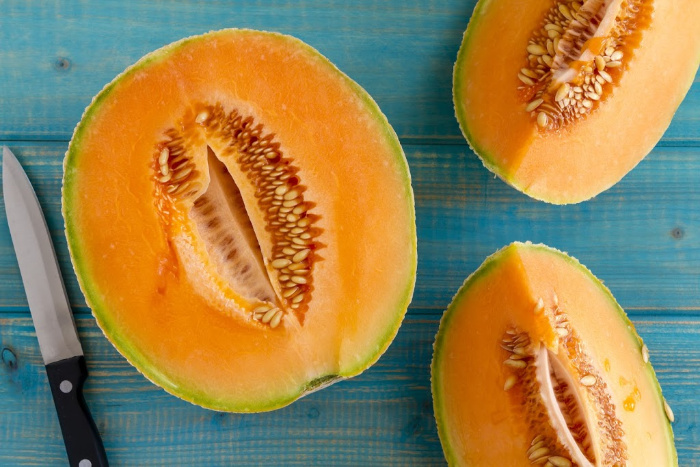

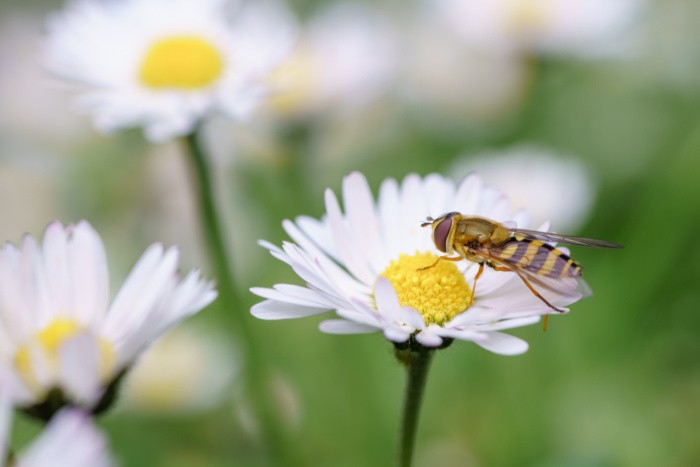
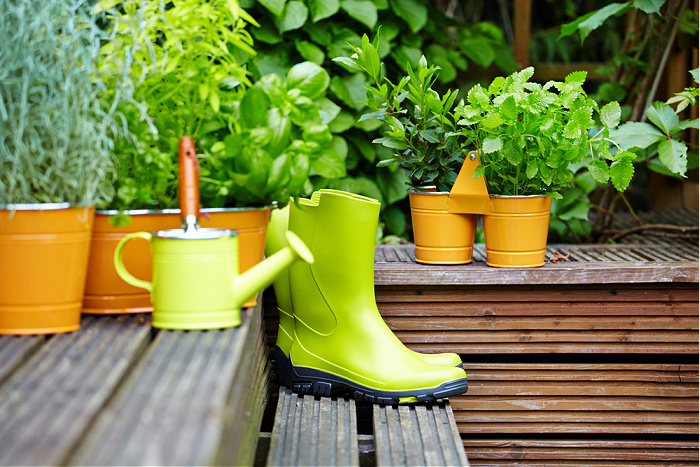
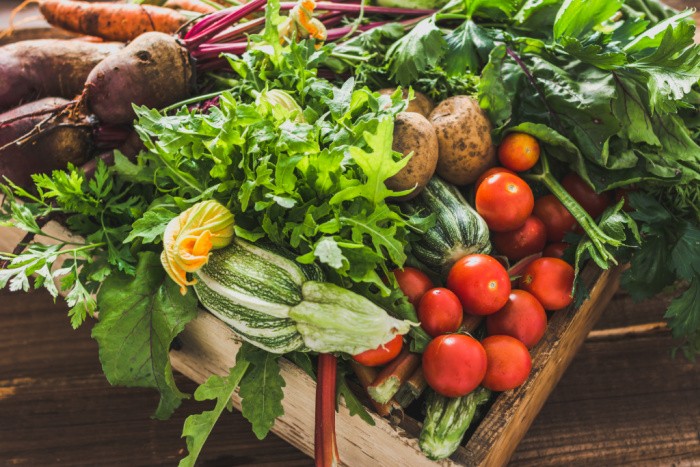
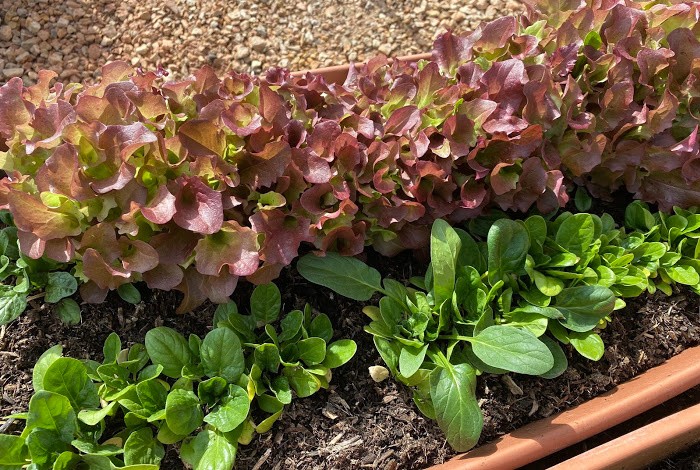
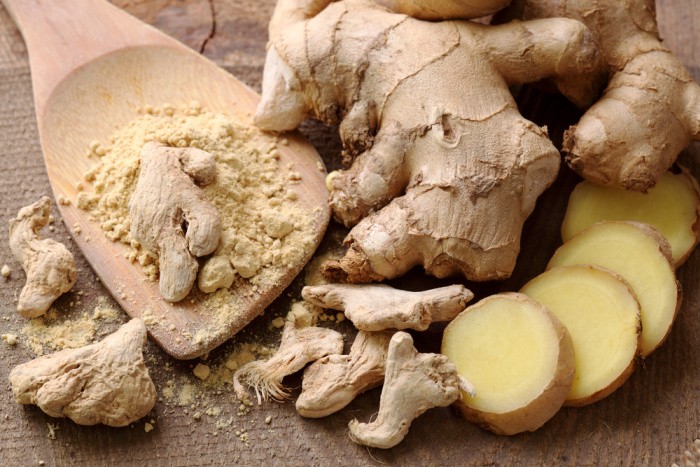
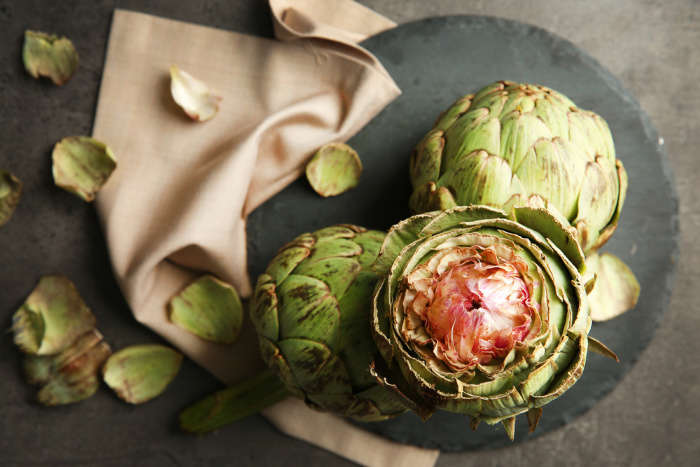













I love this series you are doing!
Hi Jessi, I’m so happy to hear this!! Thank you! Linda
I, too, love this series. Please, keep ’em coming.
Hi Mae, oh, thank you so much!! I’m glad you like them! Linda
I cannot recall the exact time I had cantaloupe for the first time but I do know that it was at my grandmother’s! She “taught” me how to eat cantaloupe and most people find it very very interesting! Grandma ALWAYS put salt and pepper on hers so I learned to do that as well! I have tried it without but it just isn’t the same. I also use salt on my watermelon as she did – no pepper though. Other melons like honeydew I don’t use salt or pepper on but perhaps because Grandma didn’t eat them!
Hi Leanne, Just read your post and thought, she must have grown up in the midwest or east and may be close to my age. I say this because I grew up in Ohio and my parents always used salt and pepper on the cantaloupe. I think it must be a very old way to eat it. Of course, my dad put salt and pepper on just about everything he ate. Anyway, just wanted to let you know that a lot of people were taught to use the salt and pepper treatment on their melons. My sister, who is 91 still uses this, and lightly salts her watermelon.
I have stopped using this as I love the natural taste of both melons.
Here’s to good melon eating for you.
Suzanne ~
I was born and raised in the Pacific Northwest! My grandmother, on the other hand, was born and raised in Michigan so I guess she might have gotten it there.
As for the natural taste of melons – I only get the salt and pepper (or salt on watermelon) in the first few bites! I don’t keep adding it. Now I want to go get some melons!
Leanne, me too! Linda
Hi Suzanne, I love hearing this about your sister! I love it! Linda
Hi Leanne, oh my gosh, NOW I have to try cantaloupe with salt and pepper!!! Oh my gosh, it is so fun to learn new things from each other! I love it! Linda
Cantaloupe is another crop that can be trained up a trellis and grown vertically! The vines won’t do it naturally, of course, but you can hand-twist the vines onto the netting. The fruits can be tied in a sling if necessary (I use old stockings or panty hose). Vertical growing not only saves space in your garden–it keeps the fruits up off the ground (cleaner!) and makes it harder for mice or whatever to nibble them.
I have no idea what variety I grow… It’s from seeds I’ve saved for a number of years. When Mount Washington celebrated the 150th anniversary of the Carriage Road (now Auto Road) in 2012, I was one of those who rode up the mountain (I did it in a sidesaddle!) One of the 4-horse carriage teams was Mennonite–after the ride, they shared with me and my husband THE BEST cantaloupe I had ever had, one raised on their farm. I saved the seeds, and have planted them every year since.
Going to try drying some cantaloupe this year–I read recently that it tastes like mango!
Hi Rhonda, Oh my gosh, I would have loved to have seen you on the side saddle, how fun!! And to get some of those seeds, WOW!!! What great comment, Linda